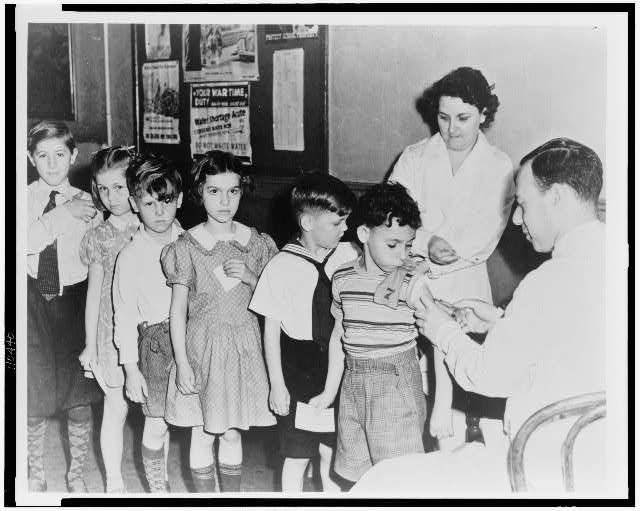This year has been an exhausting year for all of us, and we have all faced our own struggles in our own lives. In healthcare, we have been forced to deal with the emergence of the COVID pandemic, with all of its attendant suffering. Healthcare workers are constantly adapting to new information, worried about being protected from the virus, worried about the impact on their communities and their families, and worried about being disease vectors themselves. We’ve watched as world leaders have spouted unfounded, often dangerous, theories and promoted quack remedies. We’ve seen patients die while people in our communities refuse to wear masks or take other basic precautions to stop the spread of the disease.
We’re all so, so exhausted and we know that the worst is upon us. The next few weeks are going to be dark and deadly. As an outpatient physician, I don’t know when or if I’ll have to be fill in on the hospital wards or in the emergency room because my colleagues are in quarantine themselves. If that does happen, will I send away my husband and my daughter to protect them? Stay in a nearby hotel? Continue my ritual of having a separate set of clothes for the commute to work and a separate set of clothes for my time in the office?
The promise of, and the impressive data behind, the new COVID vaccines are a light in the darkness for healthcare workers. I am eagerly awaiting the moment when I can get mine. However, as it has so many times during this pandemic, our current experience with COVID has made me think about the past viruses that have struck the nation. Of course, much has recently been written about the pandemic flu of 1918 and the suffering it caused. But many more contagious illnesses have hit our country and caused enormous harm. They may not have always hit with the violence and power of the great pandemics, but they have affected millions of lives.
One of these illnesses I have already covered: tuberculosis. Others have also visited our country and were only quashed with the development of powerful vaccines. Most of these illnesses, unlike COVID, were viruses that affected children and fetuses in disproportionate manners. They are all illnesses that you rarely, if ever, encounter in a medical career in the developed world. Prior to vaccines, however, they were regular visitors to our communities.
For my next series on the blog, I want to focus on several viruses, and their vaccines, that changed the health of Appalachians for the better. I want to cover the basic history of these diseases, how they hit Appalachian communities, and how the public health infrastructure responded to the challenge. My goal is to remind people of the deadly power of these illnesses and the necessity of the vaccines that prevent them. It’s also to remind us that we have faced down seemingly unbeatable contagious illnesses in the past and conquered them. I also hope to encourage us all to take personal responsibility for our health and the health of those around us by following the examples of our predecessors and receive important vaccines.
Stay tuned for the first entry in the series: Appalachia and Polio.
